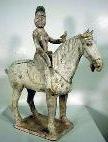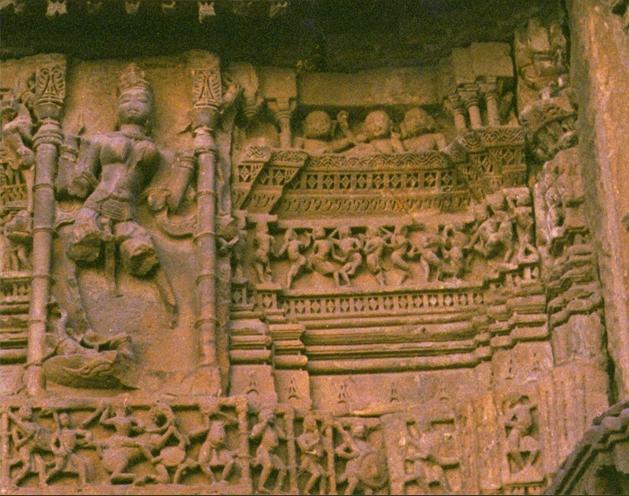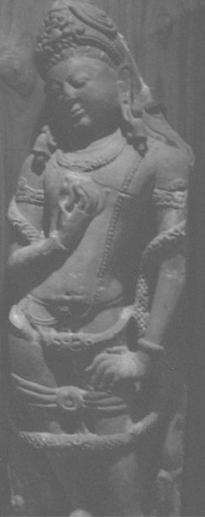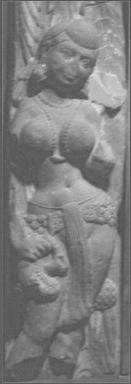
- LOTE13 Home
- Getting Started
- Rules Addenda
- Campaign Maps
- The Newsfax
- Starting Positions
- Files to Download
- A Bibliography
- Get the LOTE Rulebook
- Main LOTE Page

A Twilight of Empires
Lords of the Earth, Campaign 13

The Gupta Empire
This is the era of Indian history that produced decimal notation, the great Sanskrit epics such as the Mahabarata, and numerous other advances in the arts and sciences. It also involved many large armies marching to and fro across South Asia, extending the domain of this Magadha-based realm to both coasts and defending it from nomadic invaders.After a wise marriage and various easier conquests Chandragupta I took the imperial title of Maharajadhiraja early in the 4th century CE. His son Samudragupta campaigned in support of the Kushans against both the Persians and Hephthalites as far as the Oxus River.
The third dynast is the most famous, Chandragupta II Vikramaditya, who pushed the boundaries of the empire to the Arabian Sea. The marriage of his daughter Prabhavatigupta to the Vakataka king Rudrasena lead to her accession as regent in 390 CE, rendering that wide land essentially a vassal to the emperor in Patiliputra. His reign is widely accepted as the "most happy and prosperous" of all contemporary states.
Representatives from the various branches of Hinduism, Jainism, and Buddhism were welcomed at court, and each was encouraged. The artistic and cultural influence of India spread to Central Asia, China, and most especially Southeast Asia. Peoples from Bactria to Borneo borrowed elements of Indian society and incorporated them into important aspects of their own traditions.
For more information see (also Classical India):



